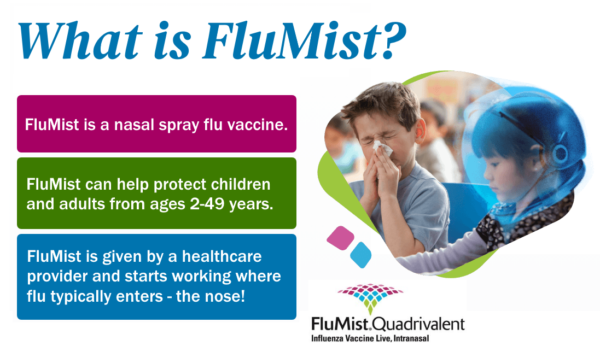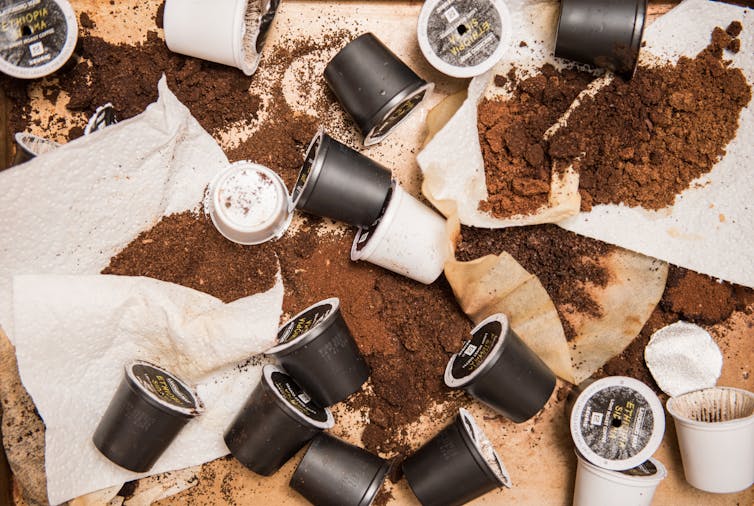Vote YES for Question 4, the "Green Bond"
Key role played by Rep. Megan Cotter
By Rob Smith / ecoRI News staff
The general election season is in full swing, and on Friday
state officials and environmental groups launched their campaign in support of
this year’s Green Bond.
A regular feature on the ballot, the Green Bond authorizes
the state to borrow money for environment-related projects such as climate
resiliency, open space and farmland preservation, and outdoor recreation.
If
approved by the electorate in November, this year’s bond would give $53 million
to various programs under the aegis of the Rhode Island Department of
Environmental Management.
Here is the breakdown for this year’s Green Bond:
$15 million to the Port of Davisville in North
Kingstown, for “continued growth and modernization of Rhode Island’s only
public port.” Money from the bond will be used to finance new berthing space,
additional access roads, security upgrades and cargo area improvements. While
not strictly an environmental priority, state officials emphasized the port’s
importance for offshore wind projects.
$10 million to be administered by the Rhode
Island Infrastructure Bank for its Municipal Resilience Program.
The money would be used to fund matching grants up to 75% to support the
state’s municipalities in their efforts to improve resiliency, identify
high-risk dangers, and strengthen public safety with regard to increased
flooding and storms.
$5 million for forest and habitat restoration at
state management areas. Funding may go toward dead tree removal, tree planting,
invasive species removal, and other projects to improve forest health and
wildlife habitats.
$5 million for brownfield remediation. Money
would go toward matching grants to remediate former industrial and other
polluted sites around the state. According to DEM data, Rhode Island has
awarded funds to 77 different projects in 17 different municipalities via the
department’s brownfields remediation fund.
The projects to date have cleaned up nearly 344 acres of contaminated land.
$5 million for local recreation. One of DEM’s
most popular matching grant programs, municipalities can apply for grants to
build or improve already existing recreational areas, including parks,
playgrounds, athletic areas, and other recreational facilities.
$5 million for farmland preservation. A longtime
ask by the state’s environmental groups, farmland preservation funding was
originally left out of the governor’s original Green Bond proposal in January.
Money in this bucket would go toward the budget of the Agricultural Land Preservation
Commission (ALPC), which is empowered to contribute money to
farmland projects so long as they preserve land as farmland in perpetuity.
$3 million for open space investments. Another
popular program by DEM, money in this bucket would go toward protecting open
space, whether it is farmland, undeveloped land, or recreational lands.
$3 million for the Newport Cliff Walk, to
restore pedestrian access along two sections of the walk that have fallen into
the sea in recent years thanks to coastal erosion.
$2 million for coastal resilience for cities and
towns, matching grants for public or nonprofit entities to improve the
resilience of vulnerable coastal habitats in rivers and floodplains that also
improve climate resiliency in the face of rising seas, increased flooding, and
storms.
Lawmakers noted the final Green Bond proposal that passed
the General Assembly to appear on this year’s ballot is much greener than the
one originally proposed by McKee. His original proposal did
not include money for farmland preservation, open space acquisition, or
forestry and habitat restoration programs, DEM initiatives that have been on
almost every ballot for nearly 40 years.
In his prepared remarks at the campaign kickoff, House
Speaker Joe Shekarchi, D-Warwick, credited Rep. Megan Cotter, D-Exeter, for
reaching across the aisle and lobbying to make the Green Bond greener.
Shekarchi said he supported changes to the bond, once budget
officials in May announced the state had an extra $58 million in surplus tax
revenue to work with for this fiscal year.
While policymakers stressed the need to campaign for the
environmental bond’s passage, recent history has shown that it’s routinely one
of the more popular ballot items to appear before voters every two years. On
average since 2018 the Green Bond has garnered more than two-thirds or more of
the vote share in each election.
The last Green Bond was approved in 2022 with 67% of voters
approving the measure. The pandemic-era Green Bond, postponed until early 2021,
was approved with 78% of the vote. 2018’s Green Economy and Clean Water Bond
passed with similar support.
This year’s kickoff had an extra special guest: an actual
farmer. Andrew Morley, who runs Sweet and Salty Farm, a dairy farm in Little
Compton, with his wife, said if it wasn’t for the farmland preservation program
in Rhode Island, they would likely be living in another state like New York or
Connecticut.
Morley and his wife came to the state 15 years ago, taking
over a piece of farmland that had already been preserved by the ALPC. Morley
said farming in Rhode Island wasn’t impossible, but without farmland
preservation funding, it soon would be.
“Farming is the most rewarding work I’ve ever done,” he
said. “But it’s also the most challenging.”
The 2024 Green Bond will appear on ballots on Election Day
as Question 4, with the rest of the state bond ballot initiatives.
















.webp)




.webp)













.webp)